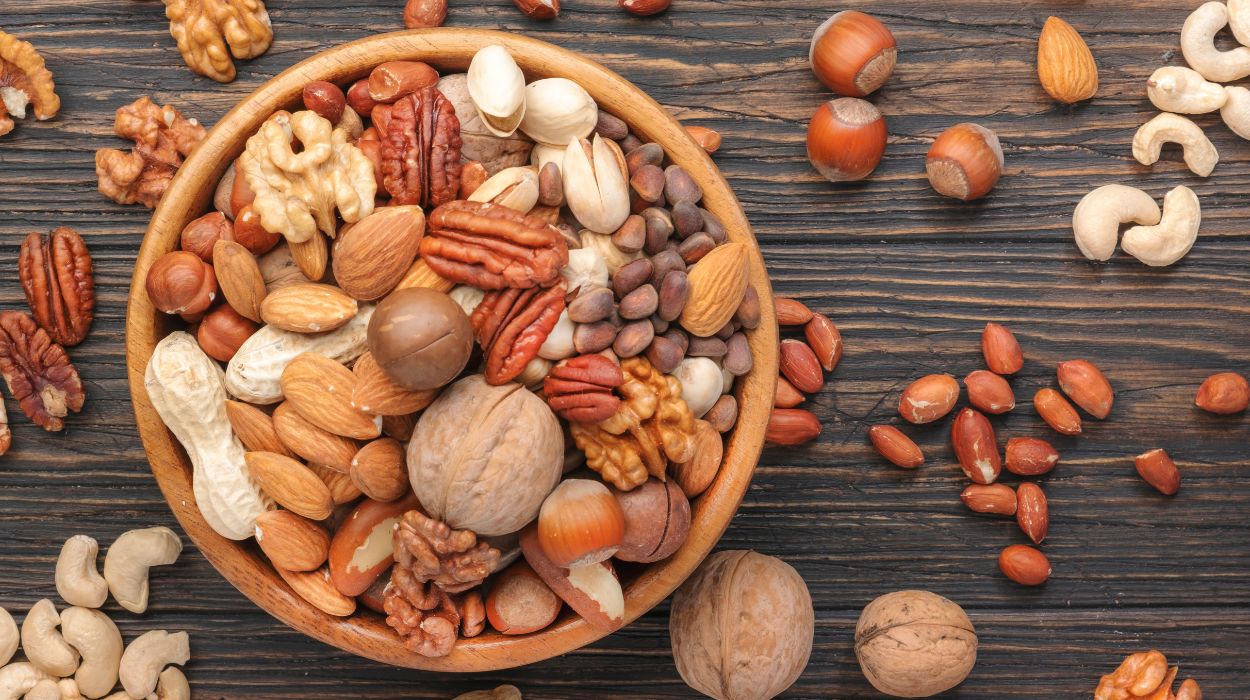GROW YOUR OWN ORGANICS
One of the top recommendations that we give people at Healthy Child is to eat organic foods.
Still, we can’t all afford an all-organic diet. But, eating organic doesn’t have to mean buying organic. You can grow your own organic food at home! And it’s cheaper than anything you’ll find at the store (a $2 tomato seedling can give 10 pounds of tomatoes over a season).
Even if you’ve never done it before. Even if you think you don’t have the time. Even if you don’t have a yard. Even if you have a brown thumb. Really. There’s no excuse and the results are so gratifying: cheap, healthy food; eating the fruits of your own labor; the look of awe in your friends’ eyes when you bring homegrown culinary delights to the next potluck.
So, for all of you greenhorn gardeners, here are four tips for getting started growing an organic garden:
- Pick a pot and a place. You don’t need green acres or a plow to have a healthy harvest. You don’t even need to have a yard. You can grow a wide variety of herbs, vegetables, and even fruits in containers (on your roof, fire escape, patio, or windowsill). R.J. Ruppenthal, author of Fresh Food from Small Spaces: The Square-Inch Gardener’s Guide to Year-Round Growing, Fermenting, and Sprouting, even has tips for using closets and empty bathtubs. Your only limitation is your imagination.
- Start simple. Ensure immediate success by beginning with surefire winners like herbs, sprouts and lettuce. Take it up a tiny notch by growing a pizza garden (basil, oregano, cherry tomatoes) or a salsa garden (cilantro, onion, tomatoes, peppers). There are specific varieties of vegetables and fruits that fare best in containers. You can find a list of them and the specific size of container they need at Garden Guides.
- Enjoy the experiment. Gardening is all about experimentation and even the most adept grower sometimes has a failed crop. It doesn’t mean you have a brown thumb. Keep a journal of your successes and failures (including details like type of container, type of soil, lighting conditions, watering schedule, etc), so you won’t make the same mistake twice.
- Get some help. Pick up some books from your library, like Organic Crops in Pots by Deborah Schneebeli-Morrell. Join the growing community of home gardeners by visiting gardening blogs. Call your local extension services with questions (for some immediate troubleshooting tips visit Texas University Extension Services).
Today parents share all sorts of tips for trying to get kids to eat their vegetables and even adults rarely eat the recommended amount of vegetables every day. Januarybe it wouldn’t take so much effort if the vegetables actually tasted like they’re supposed to, flavorful and delicious. Once you taste your own homegrown organic produce, you’ll understand. So, do it. Grow your own organic food.
+ Sources
Health Canal avoids using tertiary references. We have strict sourcing guidelines and rely on peer-reviewed studies, academic researches from medical associations and institutions. To ensure the accuracy of articles in Health Canal, you can read more about the editorial process here


